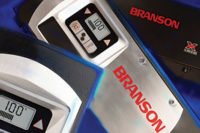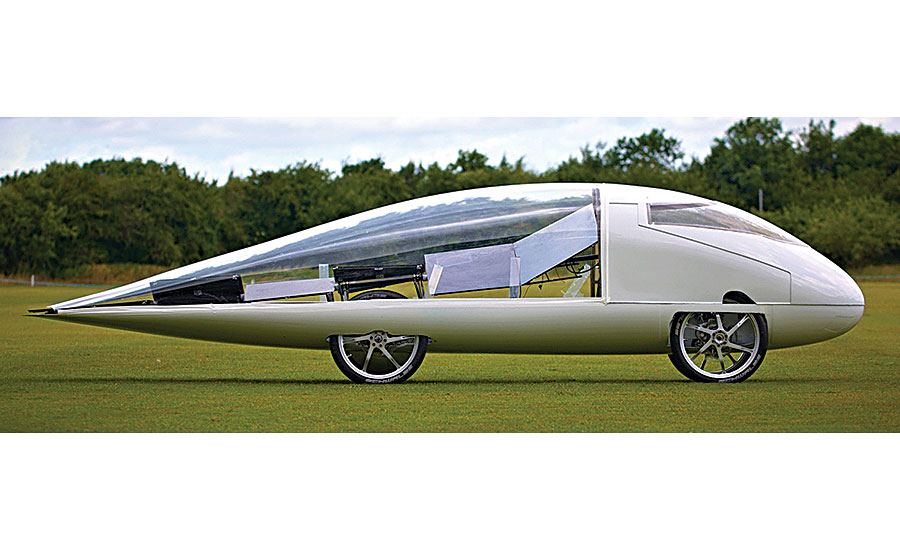Data Logger Plays Key Role in Design of Solar-Powered Race Car

Cambridge University Eco-Racing won the 2013 Matchtech Engineering Showcase for its solar-powered vehicle called Resolution. Photo courtesy Cambridge University Eco-Racing

Besides being compact, Influx Rebel XT data loggers feature high-speed microprocessors that simultaneously capture real-time data from three controller area network sources. Photo courtesy CAS DataLoggers Inc.


Traveling more than 1,800 miles across the Australian outback in a standard automobile is an extremely tough challenge for any driver. Imagine how much more difficult it is to traverse this harsh terrain in a solar-powered vehicle with little or no track record of reliability. This latter scenario is the basis of the Bridgestone Solar World Challenge (SWC), which has taken place biennially since 1987 and draws hundreds of entrepreneur and student participants from leading international universities and technical institutes.
This year’s challenge took place last October and featured nearly 50 teams from around the world. One participant was Cambridge University Eco-Racing (CUER), a student-run society of 60 undergraduates affiliated with the university’s engineering department who design, build and race solar-powered vehicles.
Founded in 2007, CUER won the 2013 Matchtech Engineering Showcase for its Resolution vehicle. Later that year, CUER entered the vehicle in the SWC, but was unable to participate when the vehicle crashed during prerace testing.
This year, CUER entered its Evolution vehicle in the SWC’s Challenger Class competition and finished in 22nd place with an average speed of 42.85 kmh. Unlike its predecessor, Evolution’s design emphasizes aerodynamics over solar energy intake. This is achieved by using energy-efficient gallium arsenide solar cells that reduce the frontal area of the car and its drag.
Development of the Evolution also required more extensive testing and test data collection, prompting CUER to use Influx Rebel XT data loggers from CAS DataLoggers Inc. Besides being compact, the loggers feature high-speed microprocessors that enable CUER to simultaneously capture real-time data from three different controller area network (CAN) sources. This data includes motor rpm, brake and throttle settings, and vehicle speed.
“We have to do extensive testing in a short period of time, which requires maximizing the data collected in each run,” explains Amy Livingstone, electrical team leader for CUER. “The loggers collect safety-related information, including battery cell temperature, and performance data, like the phase current into the motor.”
Livingstone says CUER also uses the loggers to accurately determine the vehicle’s steering angle capabilities (over and under), constant radius, impulse response, acceleration, vehicle stability for driver safety, and weight distribution over the course of a racing day. Accompanying DiaLog software automatically performs data conversions and scaling.
Other standard features on the loggers include multiple trigger sources, an LCD display, keypad, and internal and external memory storage (SD cards) of 2 gigabytes each. Options and add-ons include a link for remote data access, GPS for location tracking and H-box instrumentation module for integrating analog input sensor data with CAN data.
For more information on data loggers, call 800-956-4437 or visit
www.dataloggerinc.com.
Looking for a reprint of this article?
From high-res PDFs to custom plaques, order your copy today!






